 Today, I thought I’d share a little bit about my experiences as a blogger. I don’t claim to be an expert by any means, but I would like to share what I have learned over the past year!
Today, I thought I’d share a little bit about my experiences as a blogger. I don’t claim to be an expert by any means, but I would like to share what I have learned over the past year!
Considerations before starting your own blog:
- Determine your audience. Who are you writing for — your students? fellow piano teachers? Music teachers in general? Stay focused on one target audience, rather than trying to combine. Find your niche and start generating ideas for what to blog about.
- Choose a focus/goal. What kind of topics would you like to cover? What do you hope your readers will gain from your blog? Brainstorm ideas for blogging for the long term.
- Think long-term. What are your goals in having a blog? How long do you see yourself blogging?
Tips for successful blogging:
- Post original content. While it’s great to share links to great sites and blogs where you’ve found great resources, you don’t want to be constantly directing your readers away from your site. Posting original content is what will keep them coming back!
- Keep yourself on a schedule. How often do you plan to post on your blog? Every day? Once a week? Think realistically, make a plan, and stick to it.
- Keep an “ideas” notebook. Are you bursting with ideas for blog posts? Capture all your ideas on paper, before you forget them! Later on, you can return to this list and continue blogging even when inspiration is low. Continue reading “So you want to start a blog?”



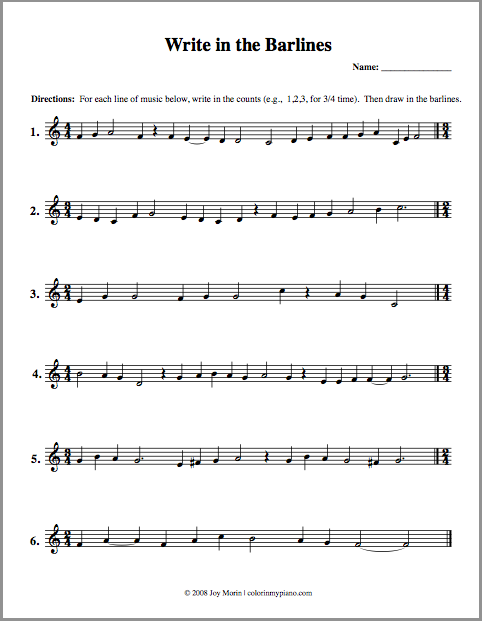
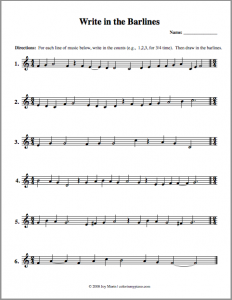
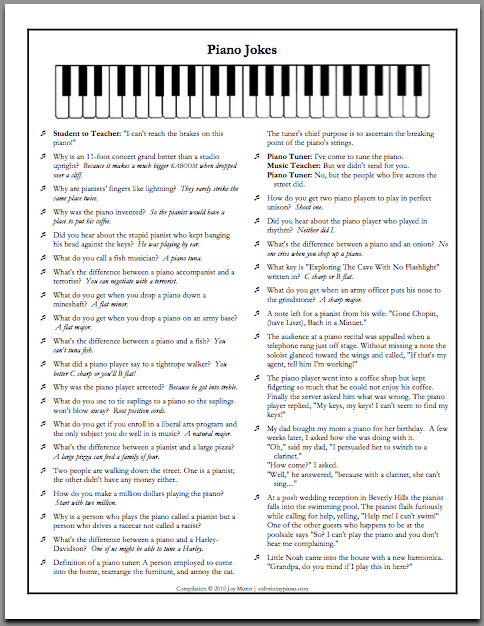
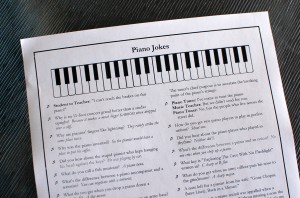 I’ve just compiled list of kid-friendly piano jokes…read on below to check them out!
I’ve just compiled list of kid-friendly piano jokes…read on below to check them out!
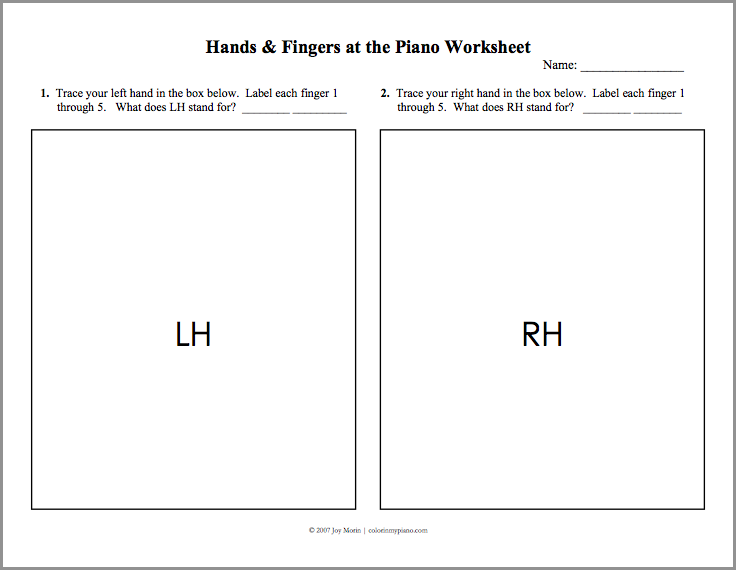

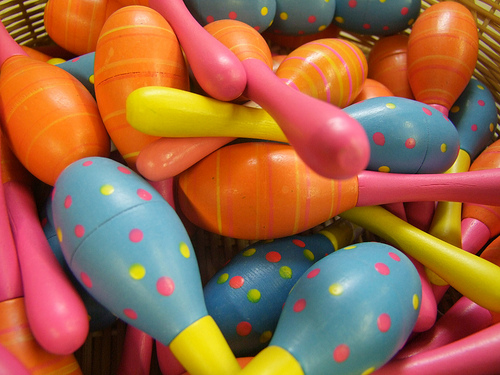
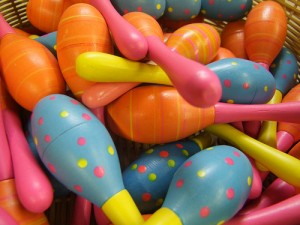 I’ve been digging around online lately, looking for early childhood music resources. (Yes, I’m sorry – I’m still on this kick!)
I’ve been digging around online lately, looking for early childhood music resources. (Yes, I’m sorry – I’m still on this kick!)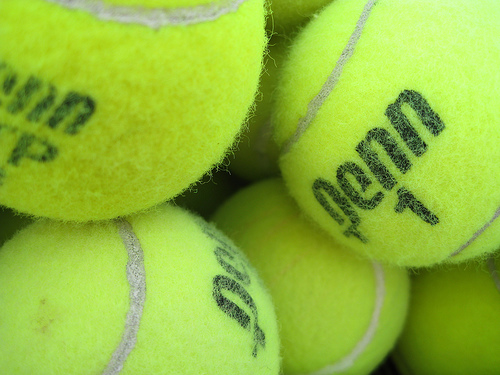
 In answer to a question a received last week, I thought I’d talk a little bit more about teaching 2 against 3, as I had mentioned in a
In answer to a question a received last week, I thought I’d talk a little bit more about teaching 2 against 3, as I had mentioned in a 
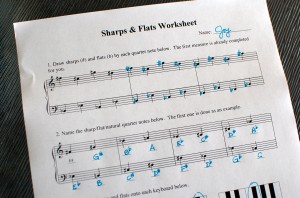 Just added to the
Just added to the 
 After browsing through the colorinmypiano.com archives and — alas! — it seems that we’ve missed our own anniversary!
After browsing through the colorinmypiano.com archives and — alas! — it seems that we’ve missed our own anniversary!
 In
In